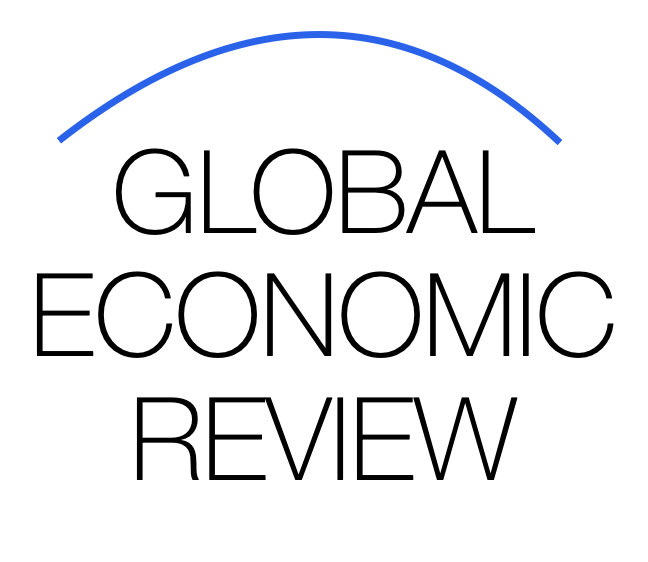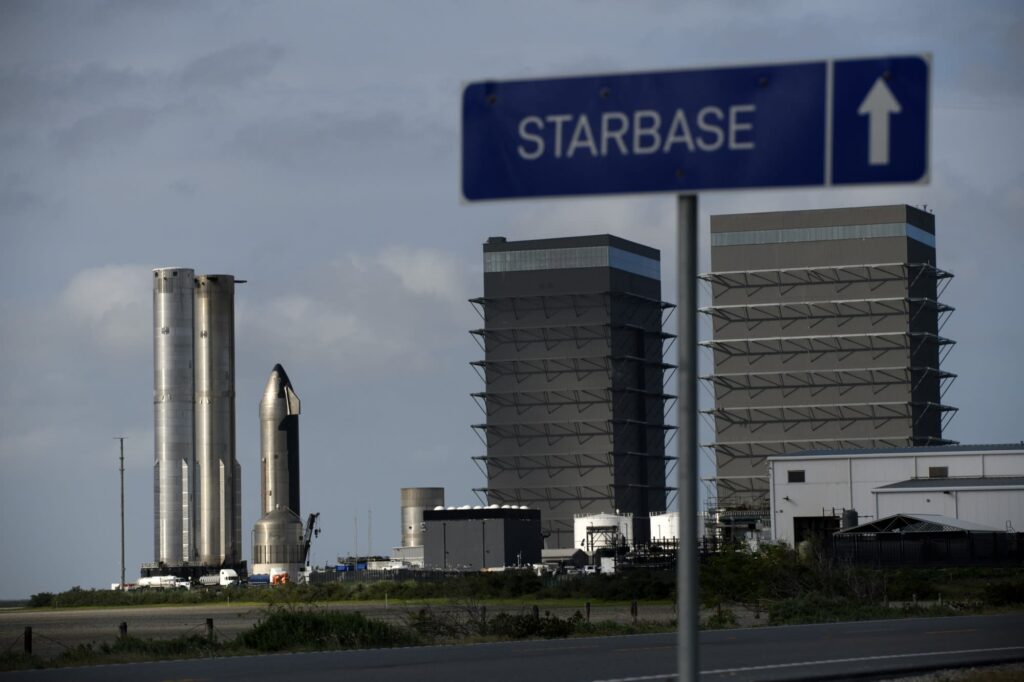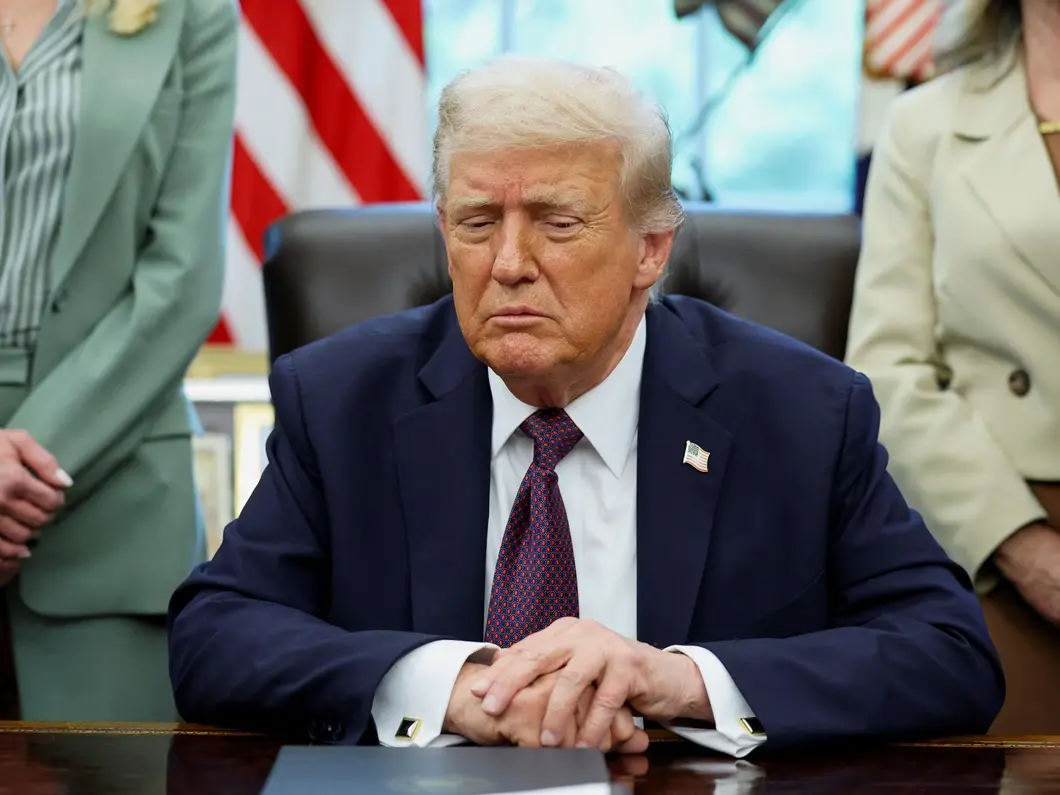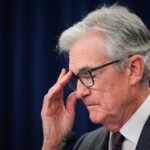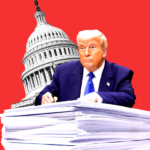OECD Warns: Global Economy Faces Tariff Shock in 2026 Amid Trump’s Trade Policies
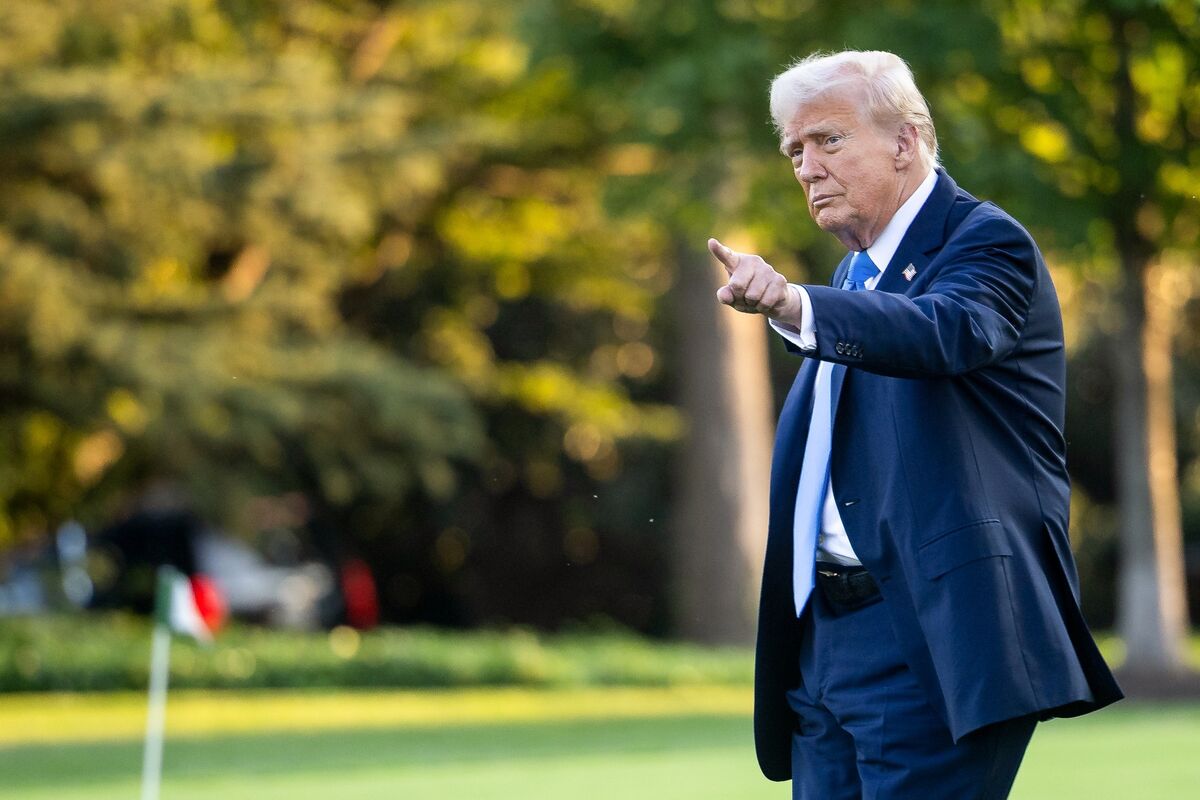
The global economy, which has shown remarkable resilience through a period of inflation shocks, supply-chain disruptions, and geopolitical turbulence, may soon face its most serious test yet: a new wave of tariffs set to reshape global trade in 2026, according to a report from the Organization for Economic Cooperation and Development (OECD).
The warning comes as policymakers, businesses, and financial markets grapple with the sweeping and often unpredictable trade agenda of former U.S. President Donald Trump, who is once again at the helm of U.S. trade policy.
A Resilient Global Economy, For Now
The OECD’s latest outlook notes that the world economy has weathered significant headwinds over the past five years—ranging from pandemic recovery to energy shocks linked to the war in Ukraine—yet growth has proven stronger than many forecasts anticipated.
Robust consumer spending, technological innovation, and government stimulus packages helped offset recessions in Europe, slowdowns in China, and tighter monetary conditions across advanced economies.
But according to OECD economists, this resilience may soon be tested.
Tariffs: A 2026 Game Changer
Trump’s trade agenda, highlighted by the proposed universal 10% tariff on all imports and even higher levies targeted at specific rivals like China, could set the stage for what the OECD calls a “tariff shock” in 2026.
“The scale and unpredictability of these measures introduce risks that are extremely difficult to quantify,” the report warns. “The impact will ripple across supply chains, investment flows, and consumer prices.”
The OECD estimates that if implemented in full, the tariffs could shave 0.5% to 1% off global GDP growth in 2026 alone, with the hardest-hit sectors including manufacturing, autos, electronics, and agriculture.
Economists Struggle to Gauge Fallout
One of the OECD’s most striking observations is how uncertain the effects could be. Unlike past tariff measures, Trump’s approach appears to be less targeted and more sweeping, with potential for rapid escalation.
Economists caution that such unpredictability could lead to widespread volatility in currency markets, stock valuations, and commodity prices. The knock-on effects could include higher inflation in importing countries and a slowdown in trade-dependent emerging markets.
Winners and Losers
Not all countries or sectors will suffer equally. Nations with strong domestic markets and diversified trade partners may weather the storm better, while export-driven economies in Asia and Europe are likely to feel acute pain.
U.S. domestic producers may benefit in the short term from protectionist measures, but the OECD warns that higher input costs and retaliatory tariffs from trading partners could erode those gains. Consumers, meanwhile, face the prospect of higher prices for everyday goods ranging from electronics to food staples.
Political and Geopolitical Dimensions
Beyond the economic data, the OECD underscores the geopolitical stakes. The tariffs risk further straining U.S.-China relations, destabilizing alliances with Europe, and prompting retaliatory measures from key partners.
The report notes that “the erosion of multilateral trade frameworks” could weaken institutions such as the World Trade Organization, which have already struggled to contain trade disputes.
The Road Ahead
While the OECD warns of significant risks, it also highlights opportunities for countries to adapt. Diversifying supply chains, investing in domestic industries, and expanding regional trade agreements are among the strategies that could soften the blow.
Still, the overarching message is clear: the resilience that has defined the global economy since the early 2020s may not be enough to withstand a full-scale tariff war in 2026.
Conclusion
The OECD’s report casts a spotlight on the uncertainty looming over global markets. The combination of resilience and fragility defines today’s world economy—but the proposed tariff regime could tilt that balance toward renewed volatility.
If Trump’s policies materialize as announced, 2026 could mark the beginning of a new era in global trade—one defined less by globalization and more by fragmentation.
